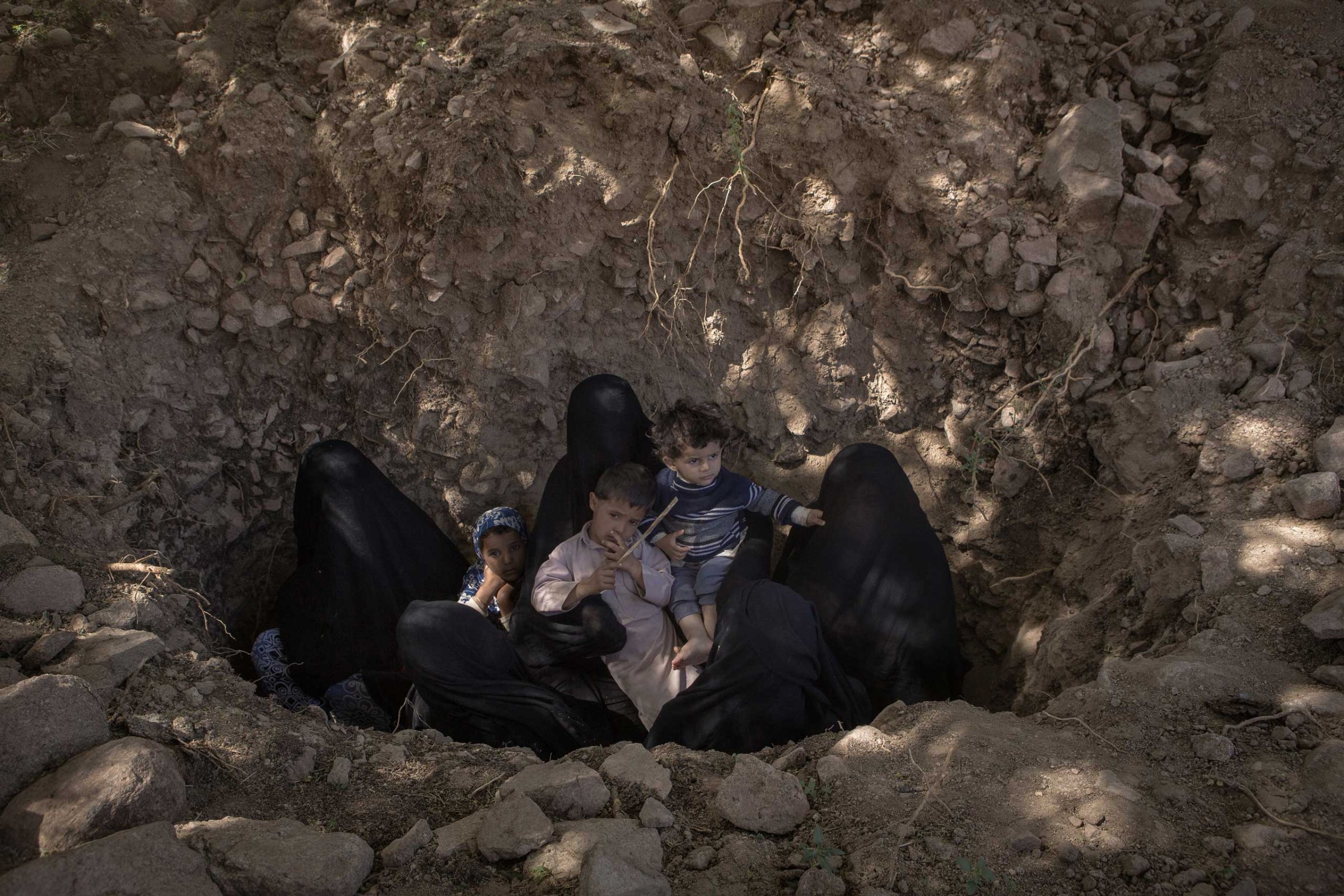
With much of the Middle East in turmoil, Russian photojournalist Maria Turchenkova might have taken her camera to any number of warzones. But the story she felt she needed to tell was in Yemen, where years of conflict have precipitated one of the worst humanitarian crises in the entire region.
Turchenkova’s photographs, which appear in the international edition of TIME this week, focus on the impact on civilians of what some are describing as a “forgotten war” in Yemen. The most recent cycle of violence began when the Houthis, a Shi’ite religious minority long at odds with the government, ousted President Abd Rabbo Mansour Hadi in March. Within days, a coalition of Arab countries led by Yemen’s northern neighbor Saudi Arabia launched a campaign of airstrikes on Houthi positions. The conflict has been widely interpreted as an attempt by Sunni leaders to strike a blow against Iran, the Shi’ite powerhouse accused of backing the Houthis with supplies and arms.
But the geopolitical ramifications of this Sunni-Shi’ite proxy war are likely of little concern to the ordinary Yemenis caught in the crossfire. Over 2,000 civilians have died since March; some killed when coalition planes bombed marketplaces and weddings, others by landmines said to have been laid by Houthi forces. Many, many more have been forced from their homes. The United Nations now estimates 1.4 million displaced people in Yemen, and millions more without reliable access to food and water. Eight in 10 Yemenis are in need of some kind of humanitarian assistance. The question of who is to blame doesn’t matter much to these multitudes, Turchenkova says. “You don’t hear people so much discussing politics. Food and water are their primary concern.”
Turchenkova visited the country in August and travelled from the capital of Sana’a to the northern Hajjah governate, where the country’s largest camps for refugees and displaced people are located. Blockades of the southern ports by coalition forces have cut supplies to the north, meaning aid agencies now face a three-month fuel shortfall and shortages of staple food items. Conditions are getting desperate; in the Al Majoura camp a few miles from the Saudi Arabian border, a Medecins Sans Frontieres worker told her the camp was at a “food and humanitarian emergency” level, the last level before “food and humanitarian catastrophe.”
The experience of working in the camps was harrowing, she says. “There have been no food supplies since the beginning of the war. There are hundreds of women and children on the roads, going from house to house begging for what they can get to eat, or drink.” Arriving at the camps even from the city was a little like “coming down to hell,” she says. “You can hardly breathe. The temperature is more than 40 degrees celsius, it’s dusty…. I managed to work for 90 minutes and I was exhausted… I couldn’t allow myself to drink water or to send my driver for water because I was embarrassed to do this in front of people who hadn’t seen cold water for weeks or months. This is their everyday life.”
She says her driver and translator, provided by the Yemeni Ministry of Intelligence, couldn’t understand why she wanted to focus on the human impact rather than simply the infrastructure and historic buildings destroyed. “I have no interest in the war stuff,” she says. “I just want to show the people… It took a lot of energy to explain that, to say: ‘Look this situation exists.'”
Turchenkova is one of very few journalists to document the humanitarian crisis in Yemen’s north, a distinction which she says bring special responsibilities. “It is one of the toughest stories I have ever covered,” she says. “I brought away a small, small part of this story, which can now be told.”
Maria Turchenkova is a documentary photographer based in Moscow, Russia.
Alice Gabriner, who edited this photo essay, is TIME’s International Photo Editor.
Dan Stewart is a news editor at TIME.com
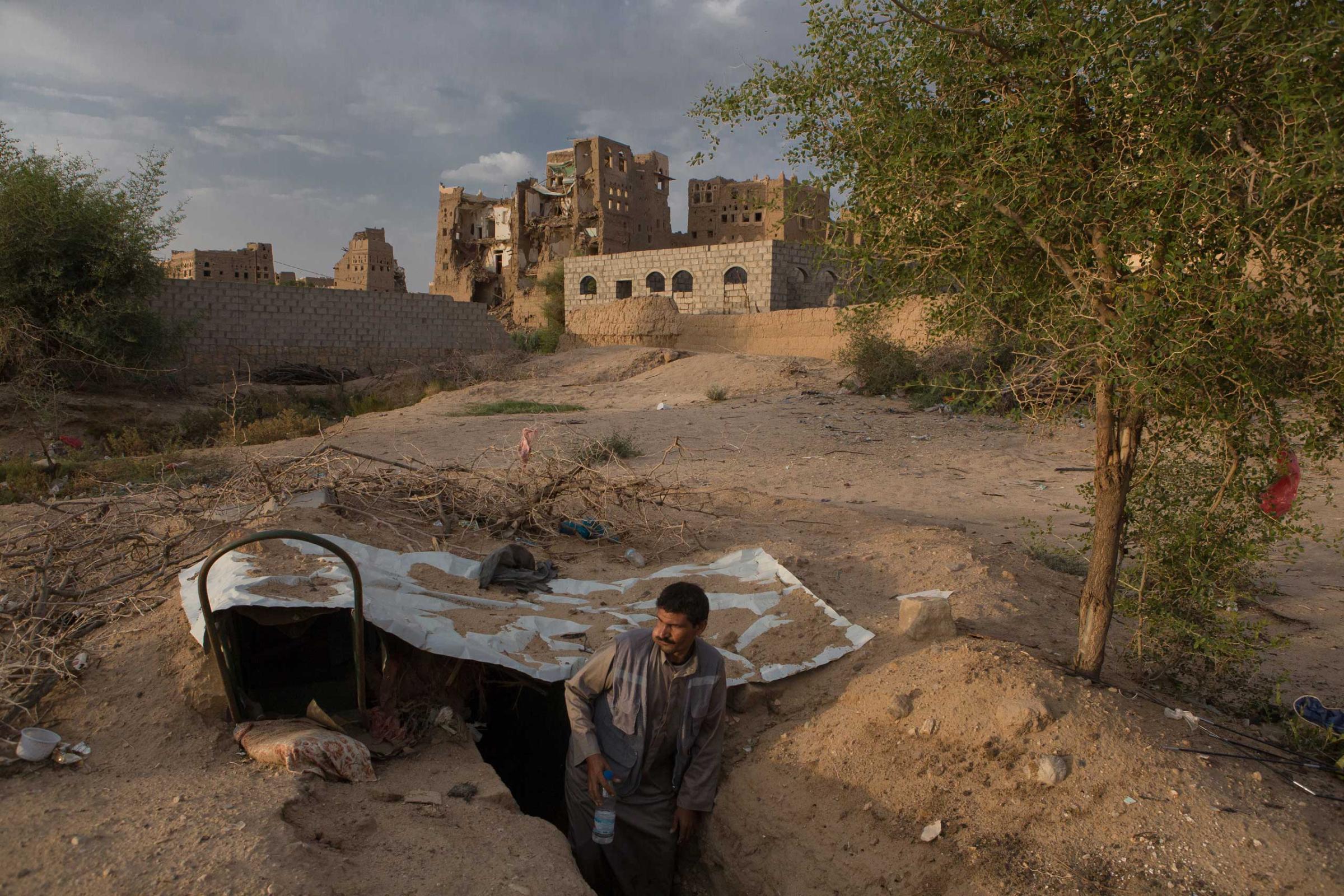
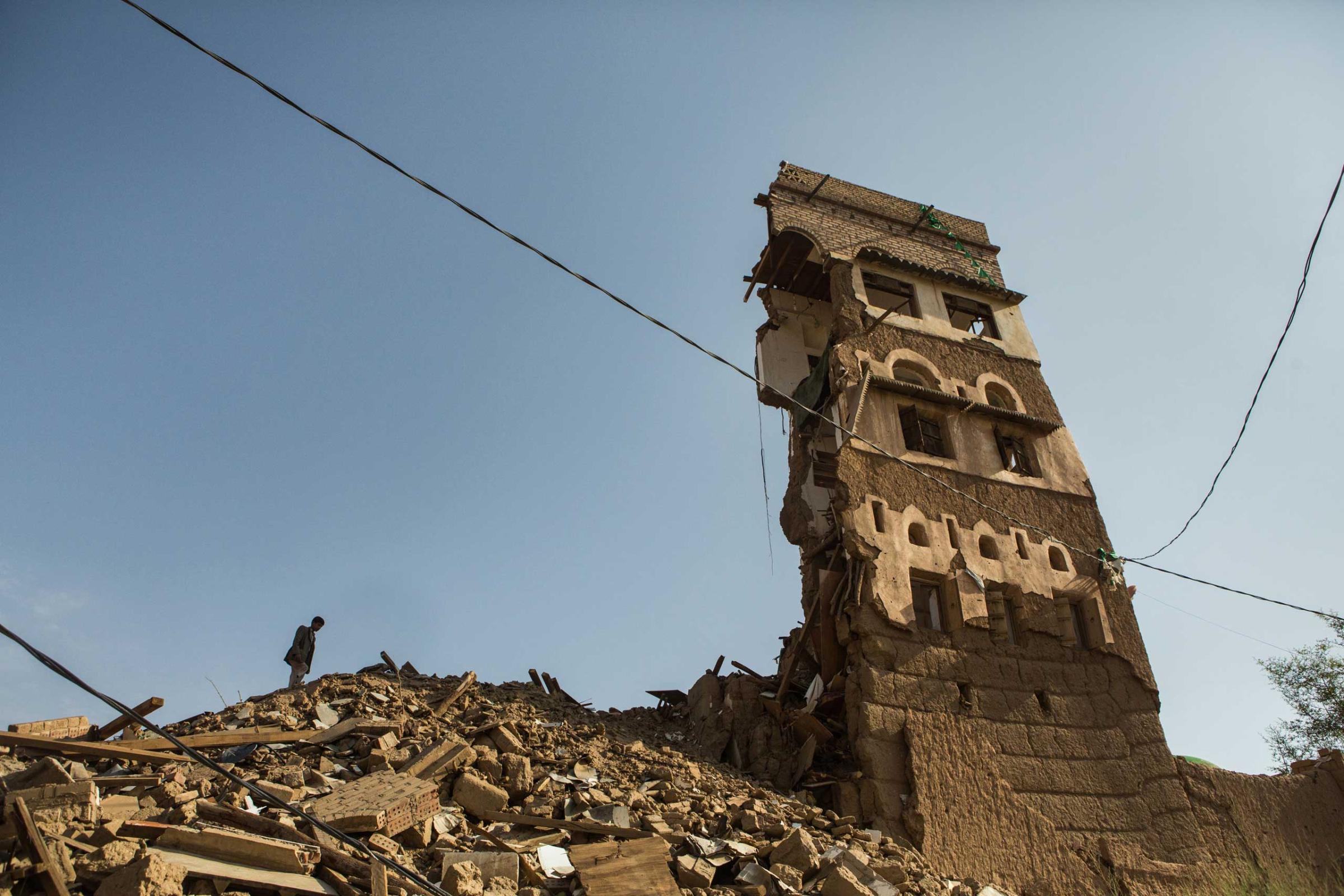
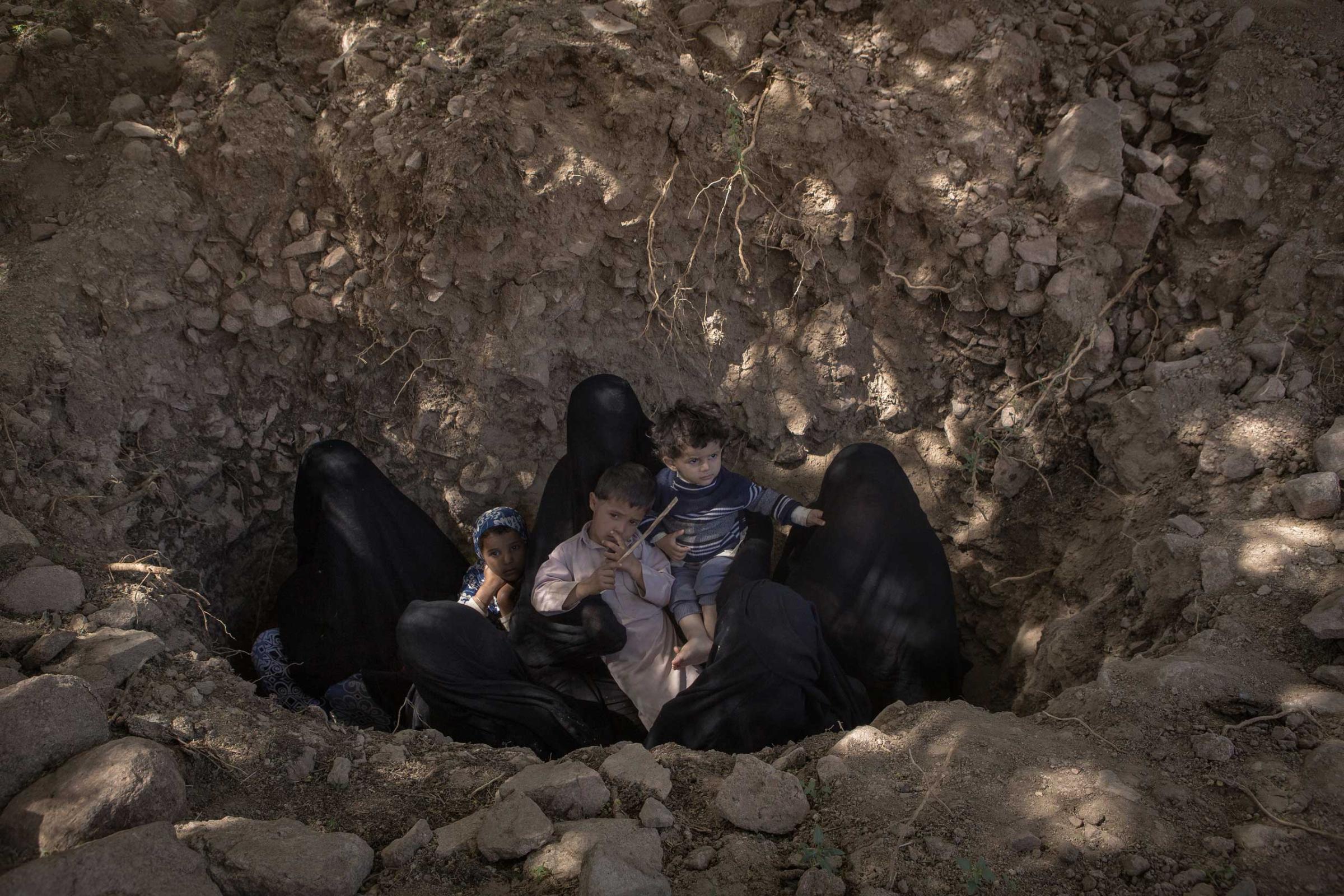
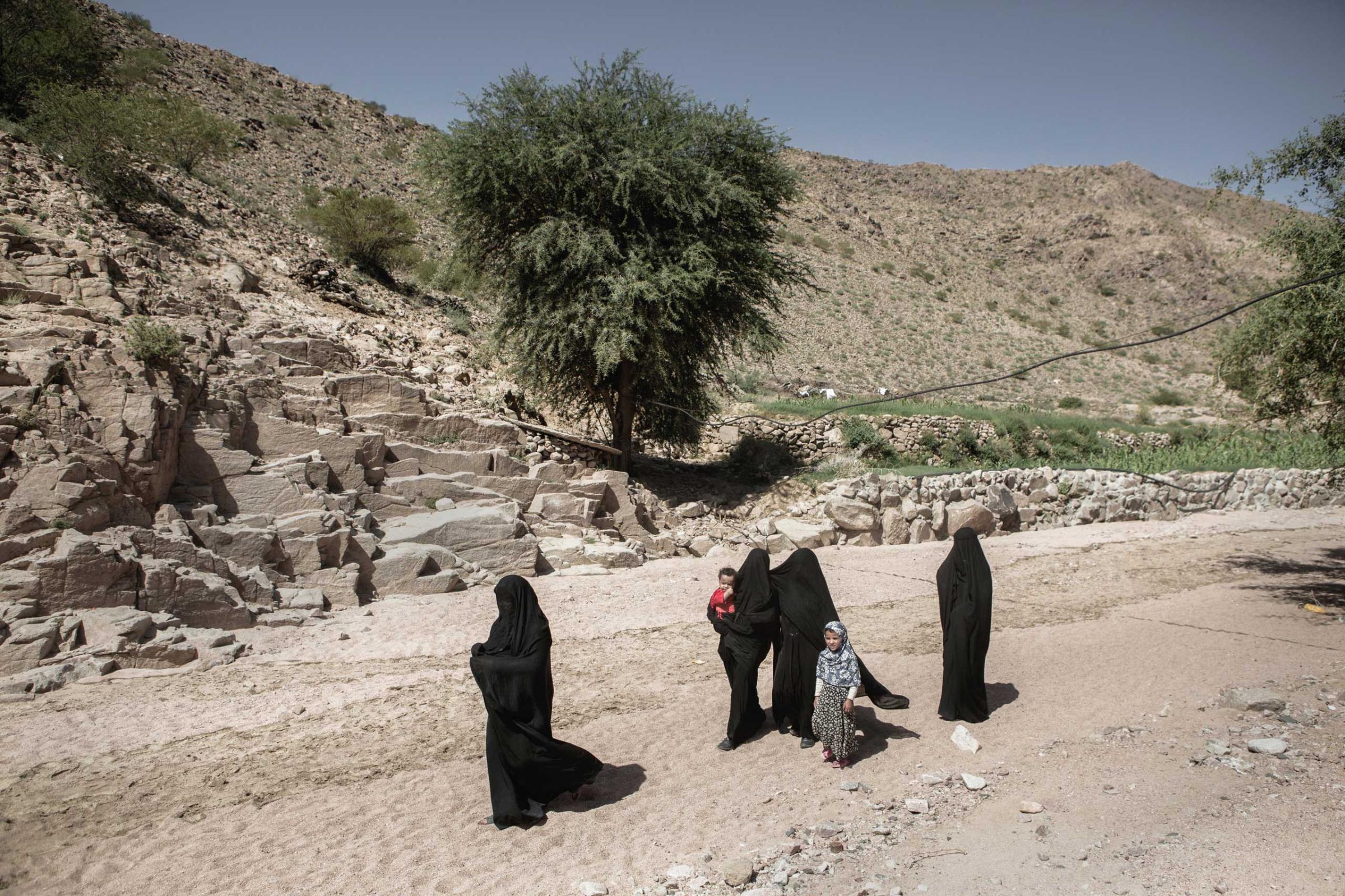
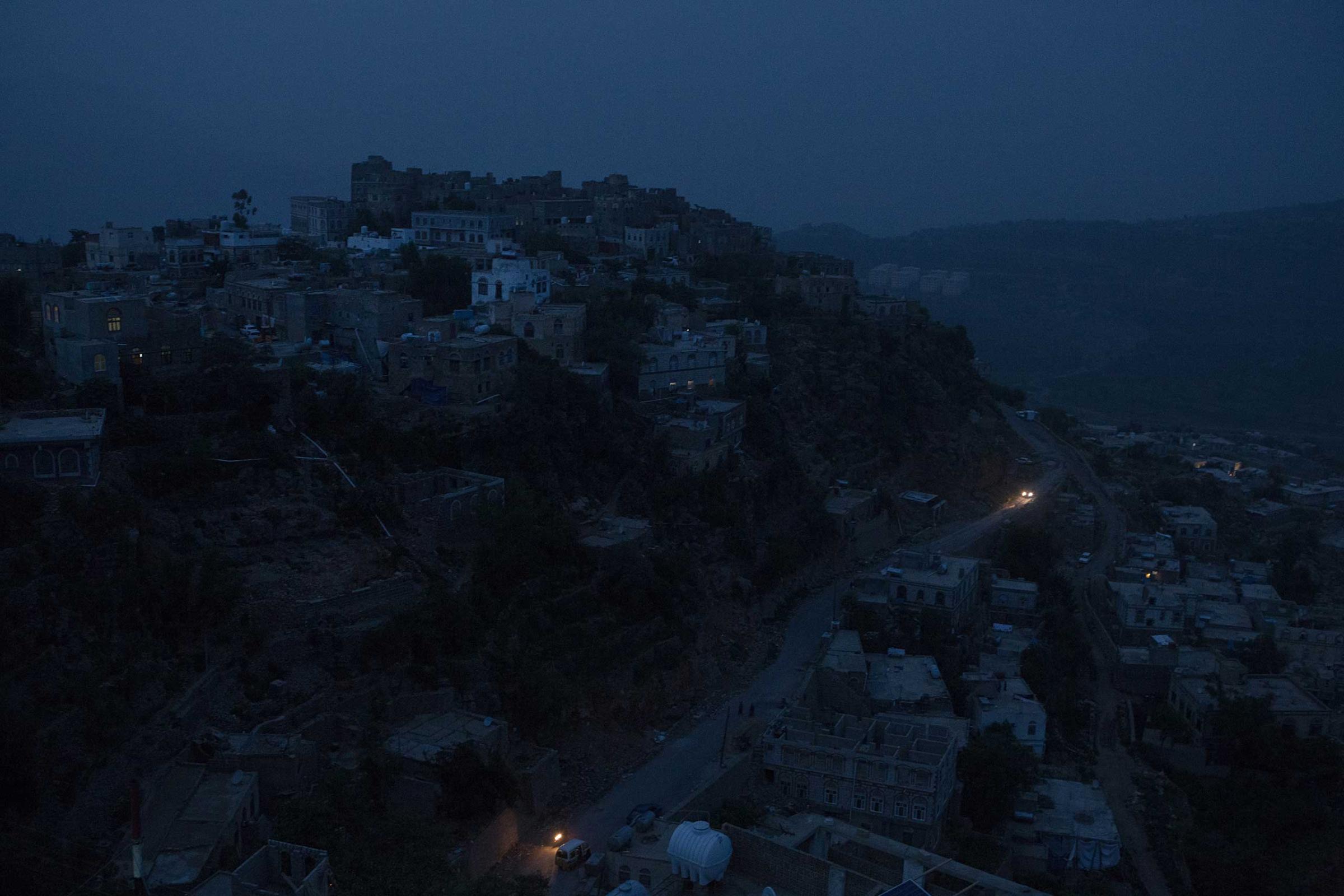
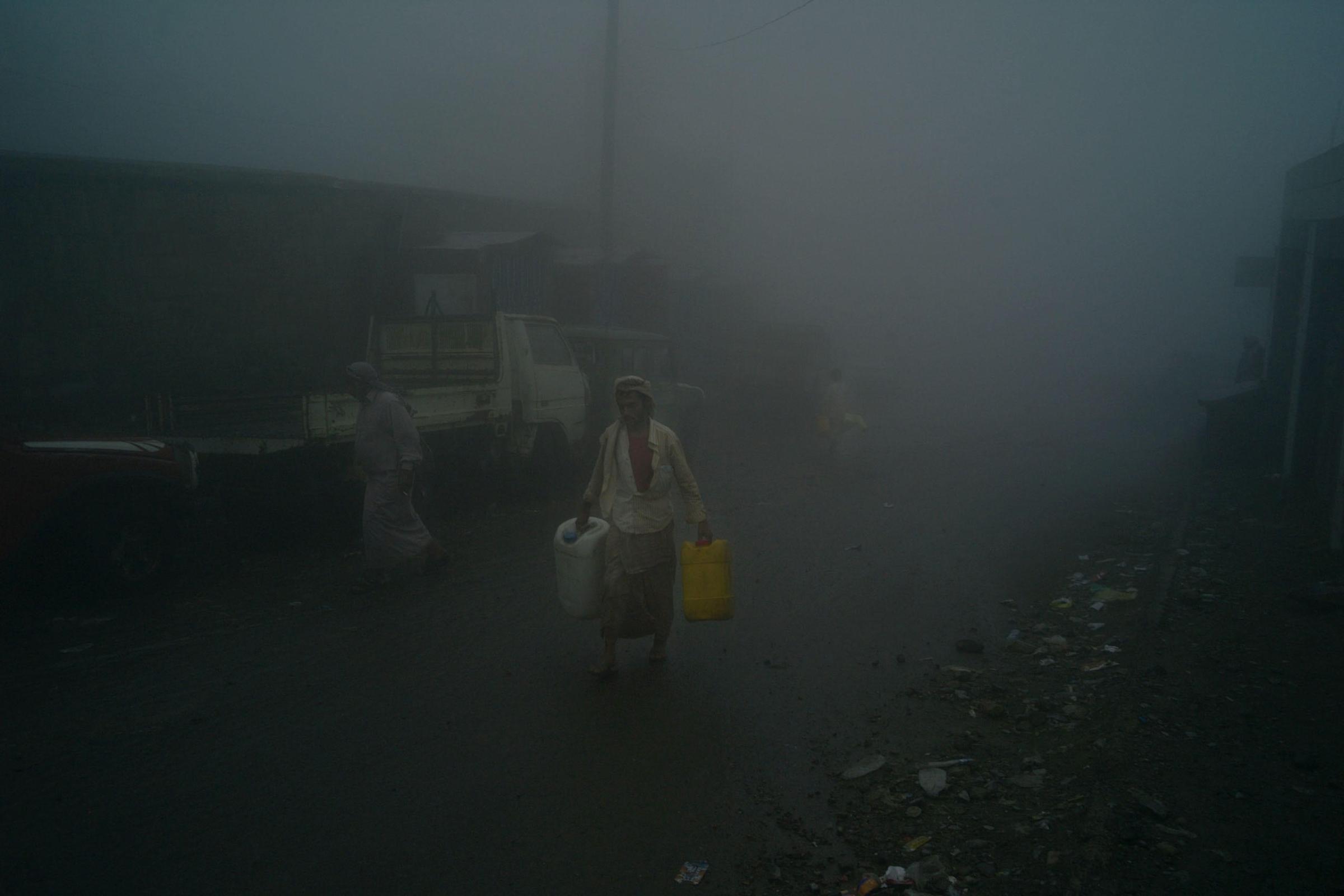
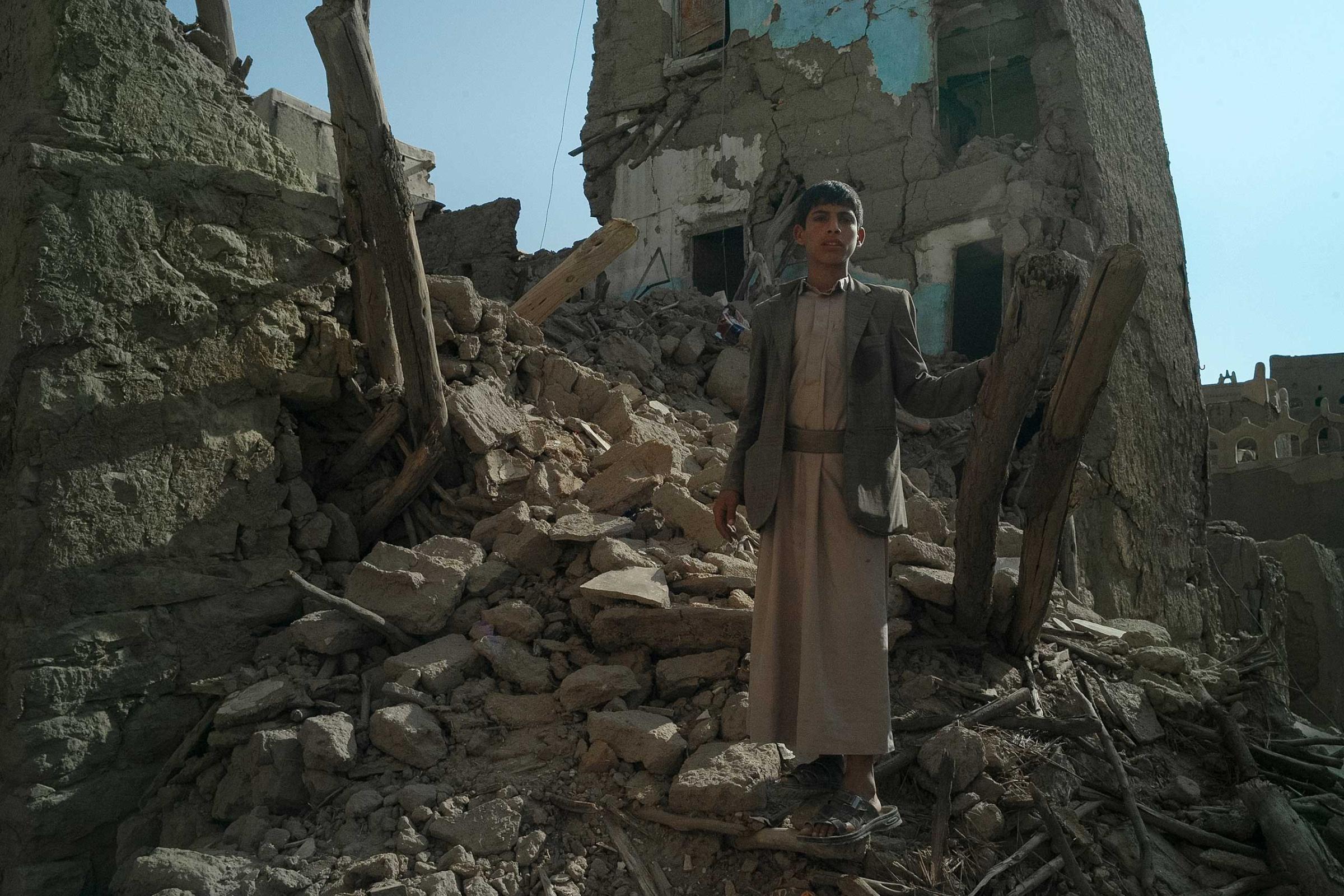
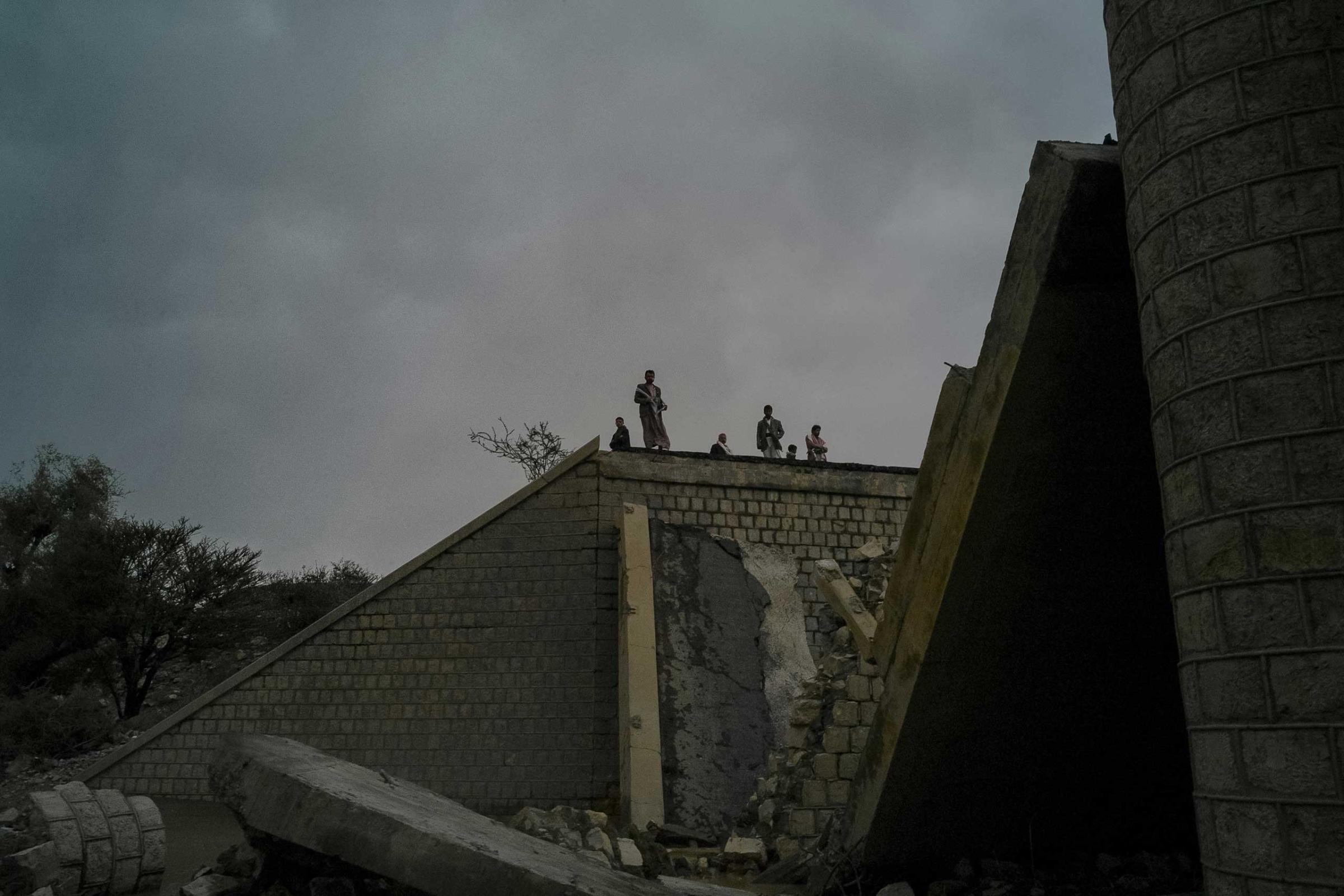
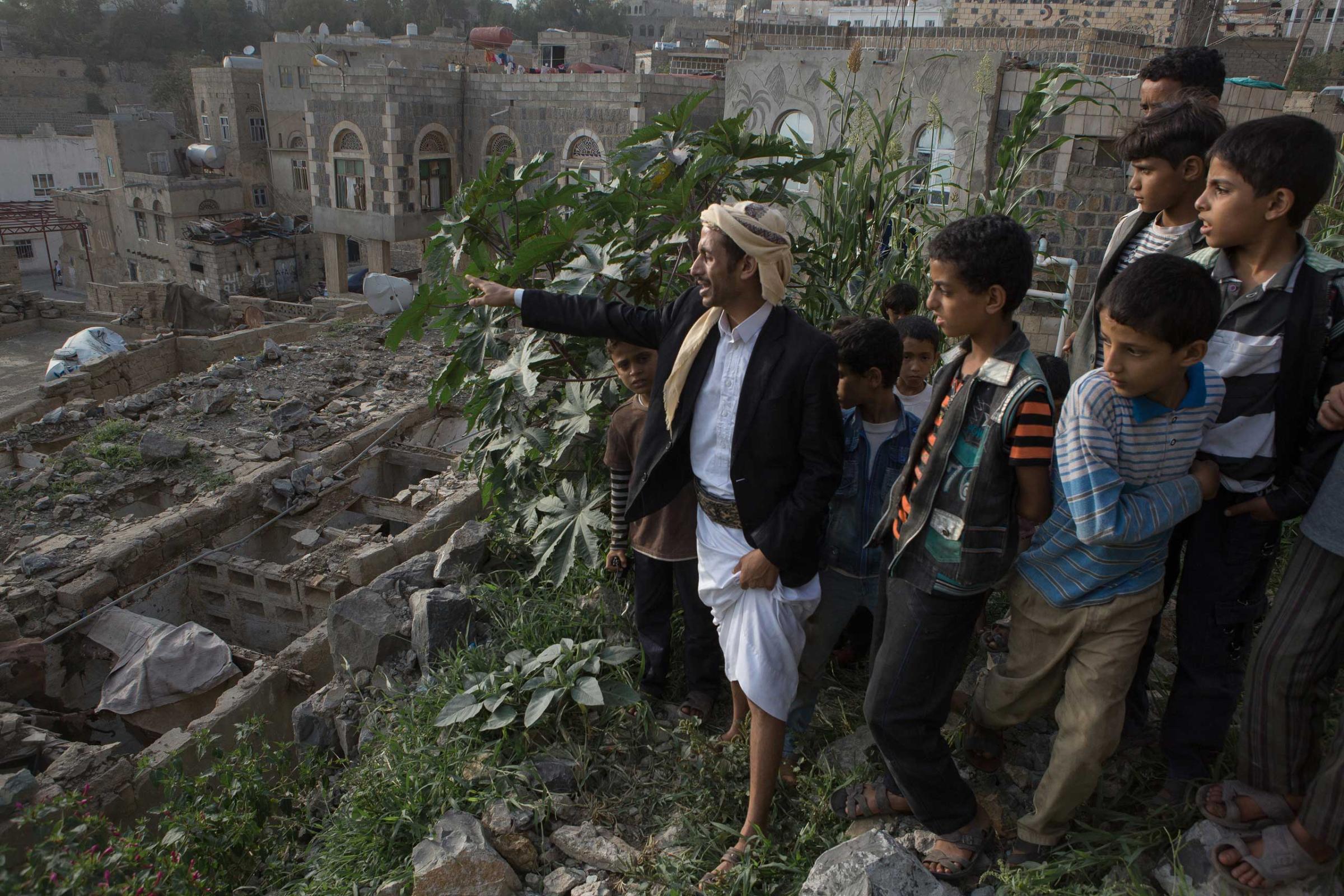
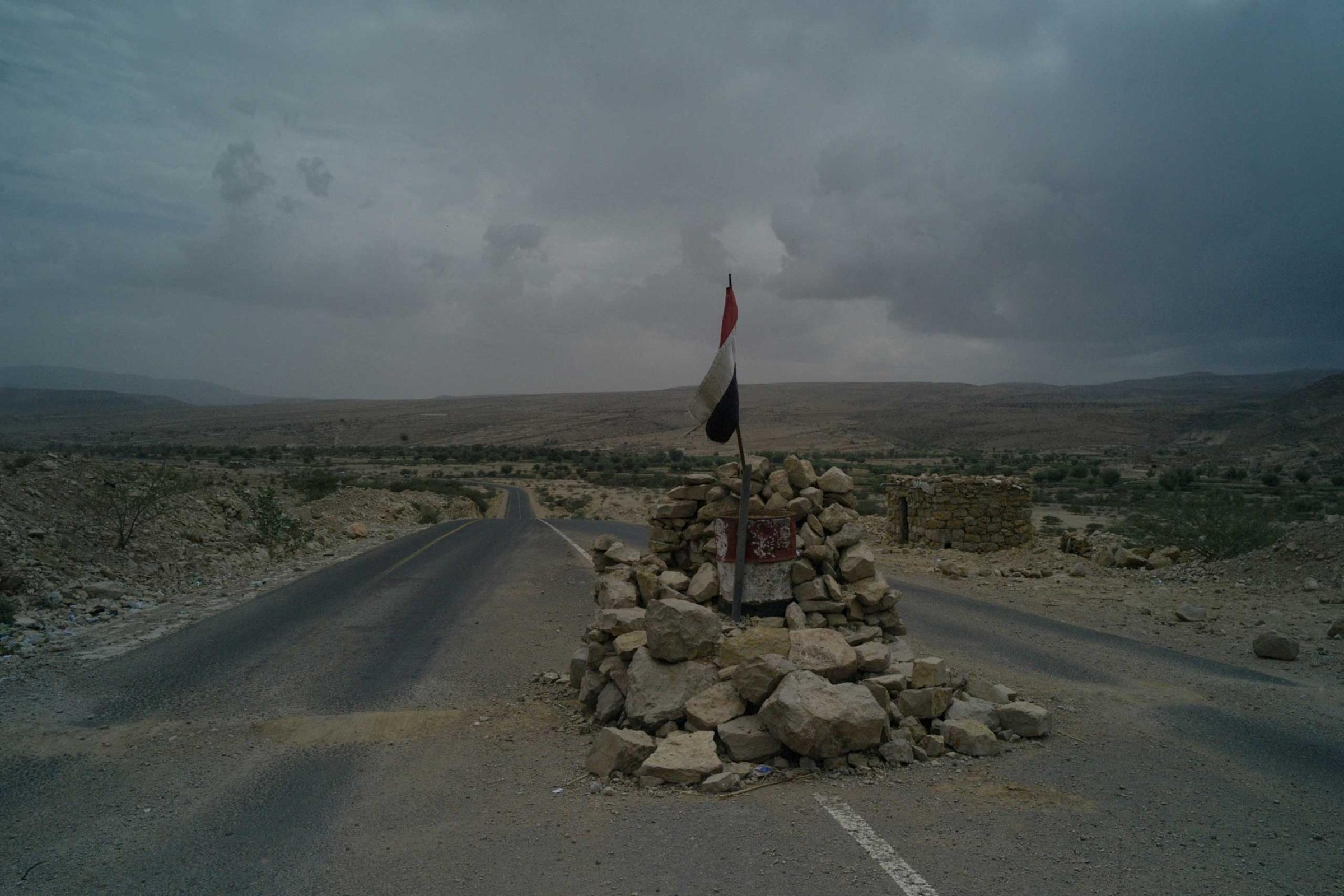
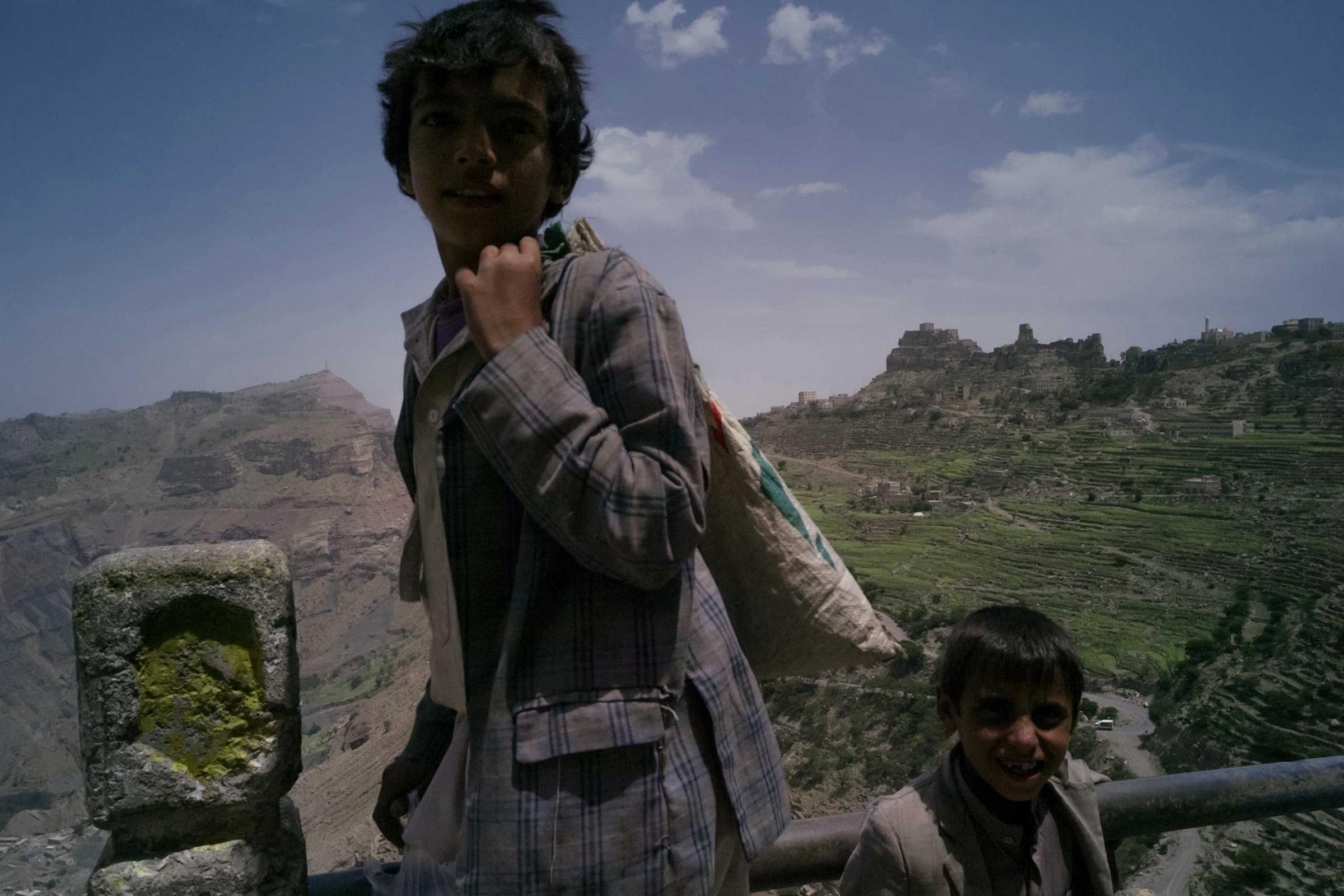
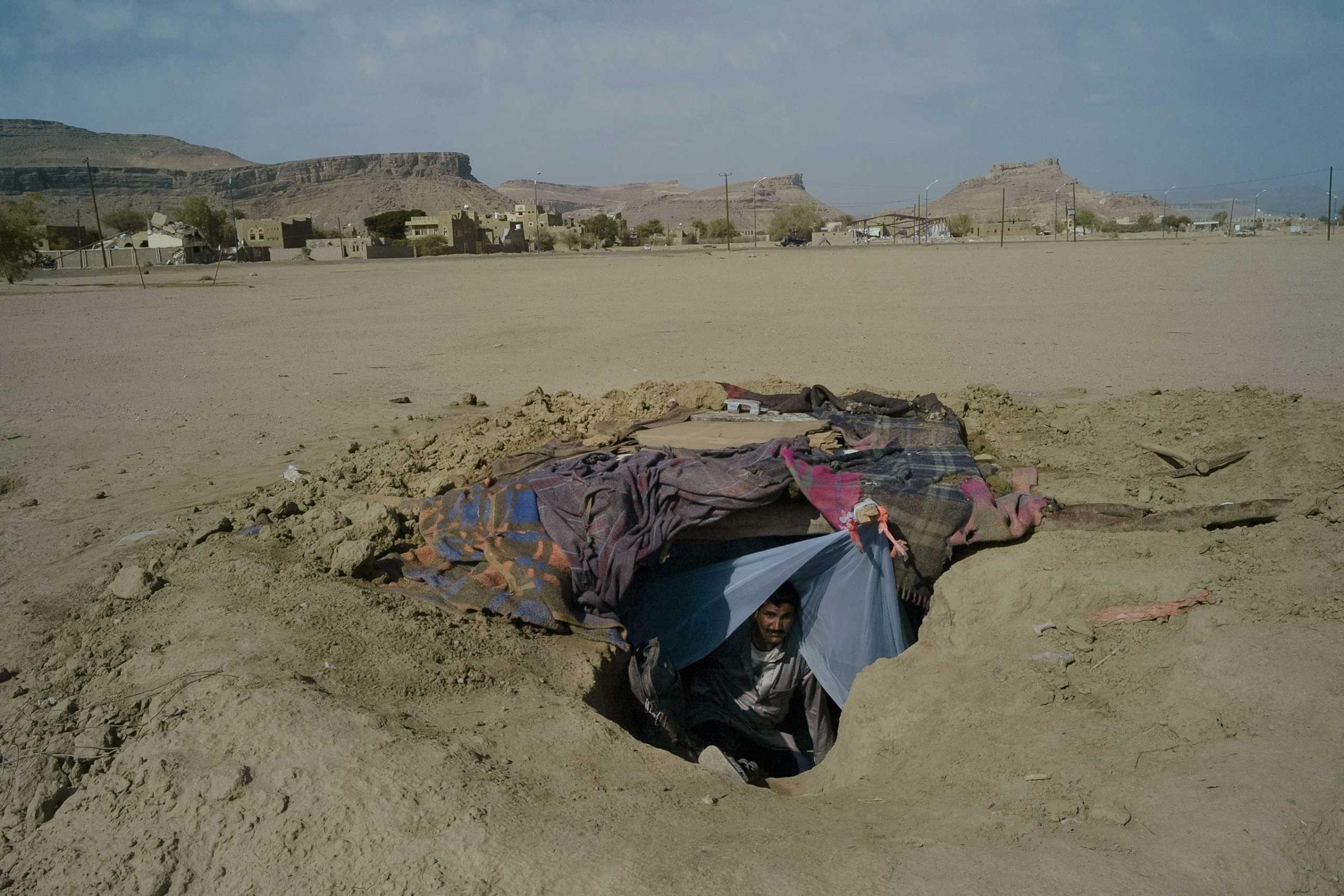
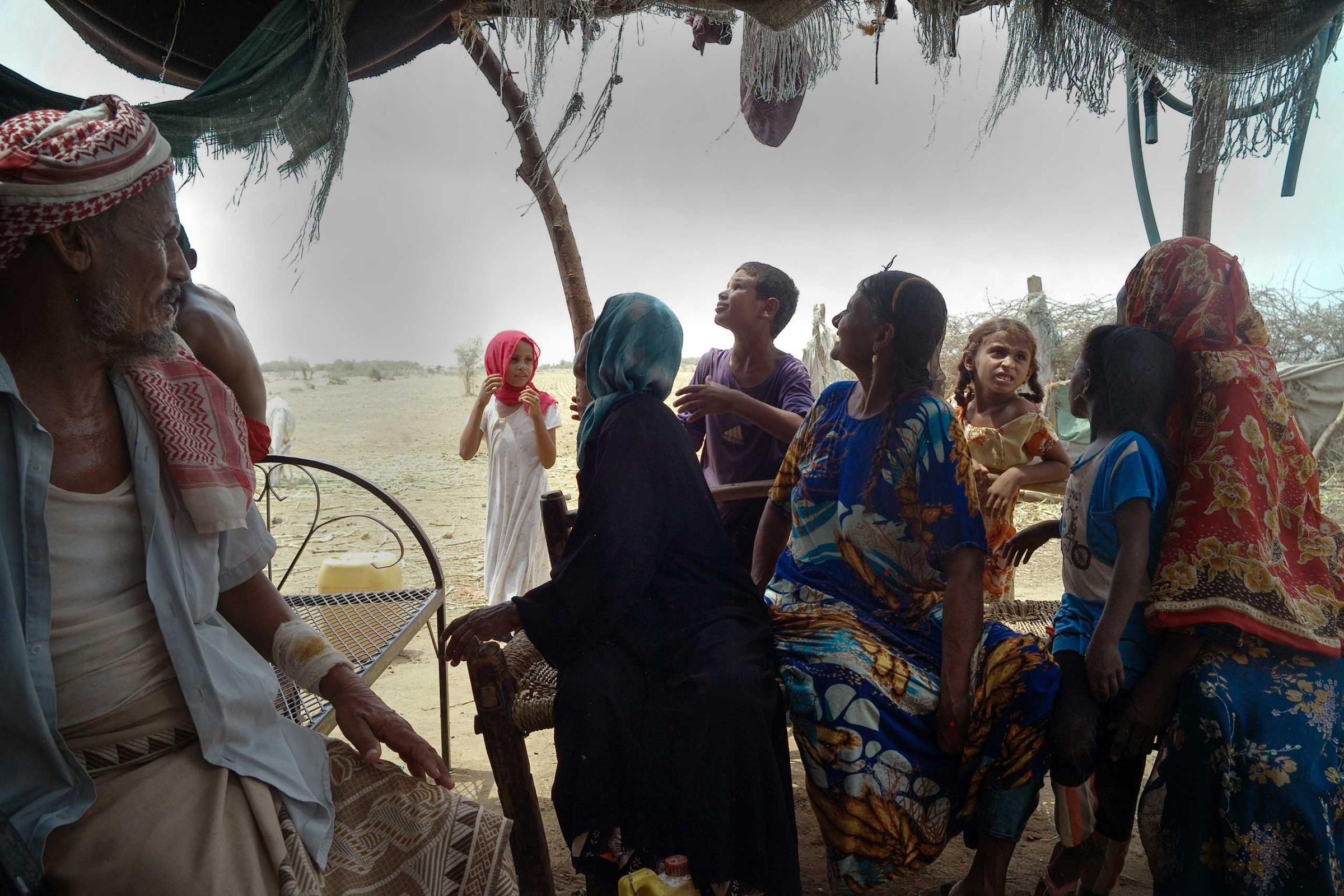
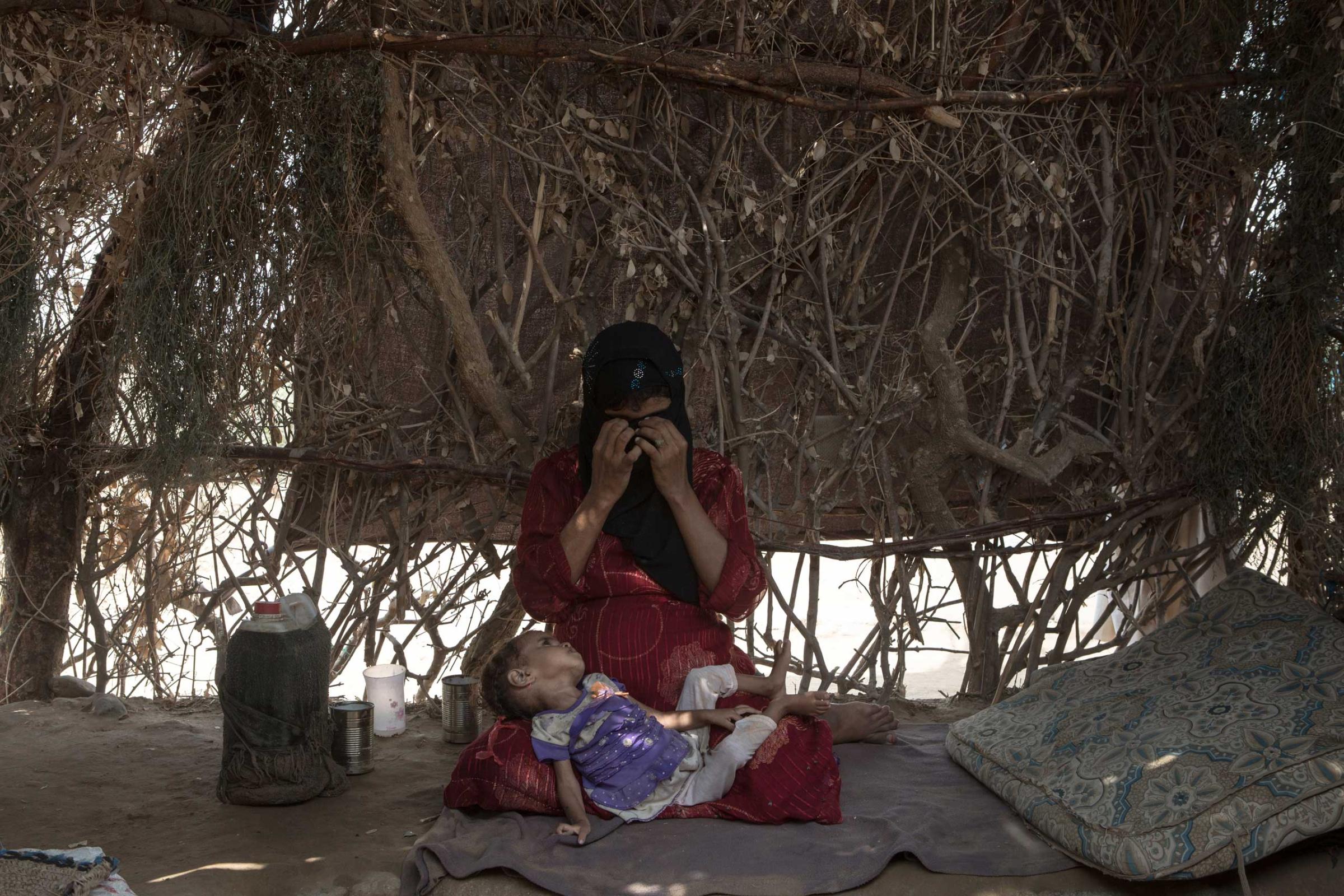
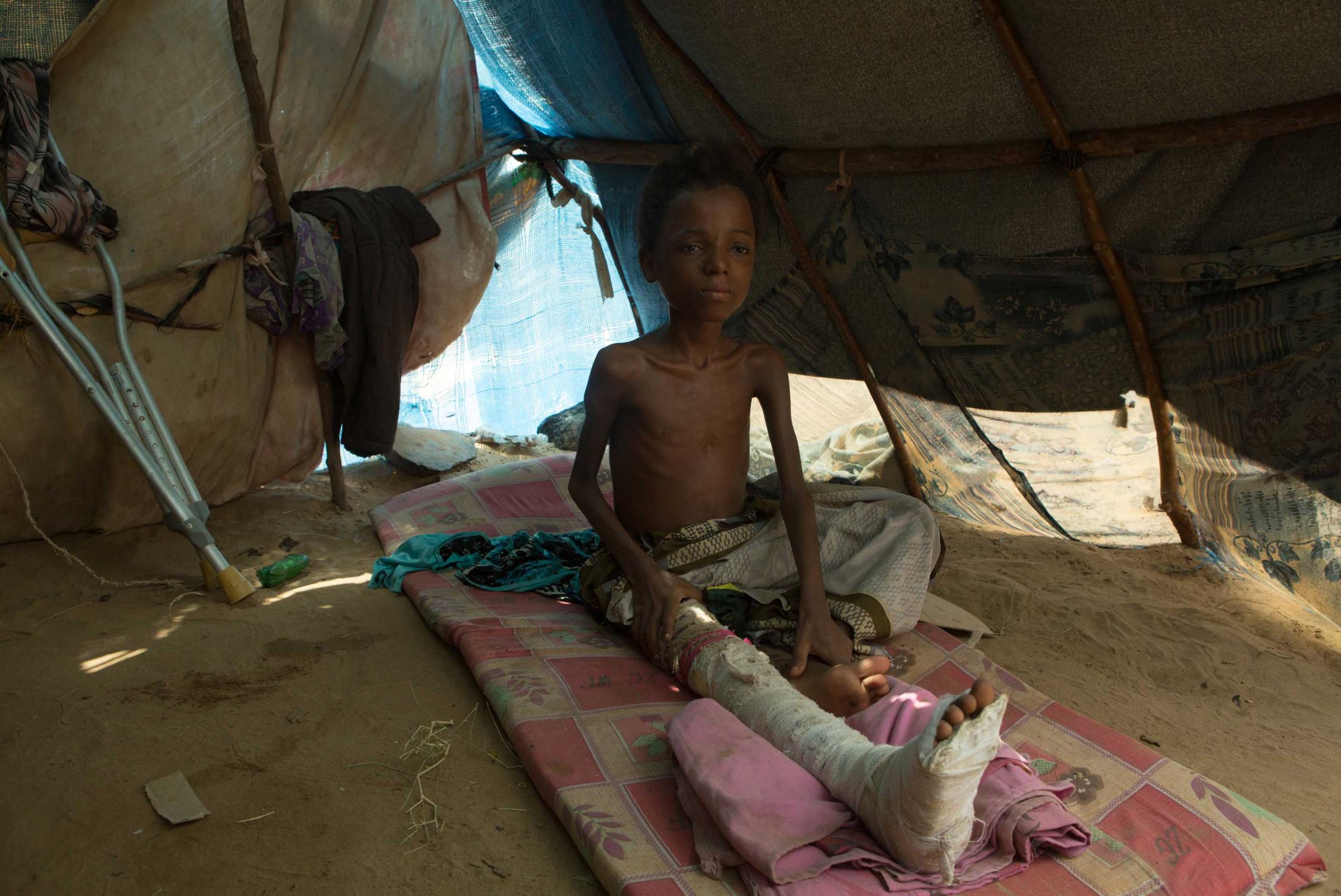
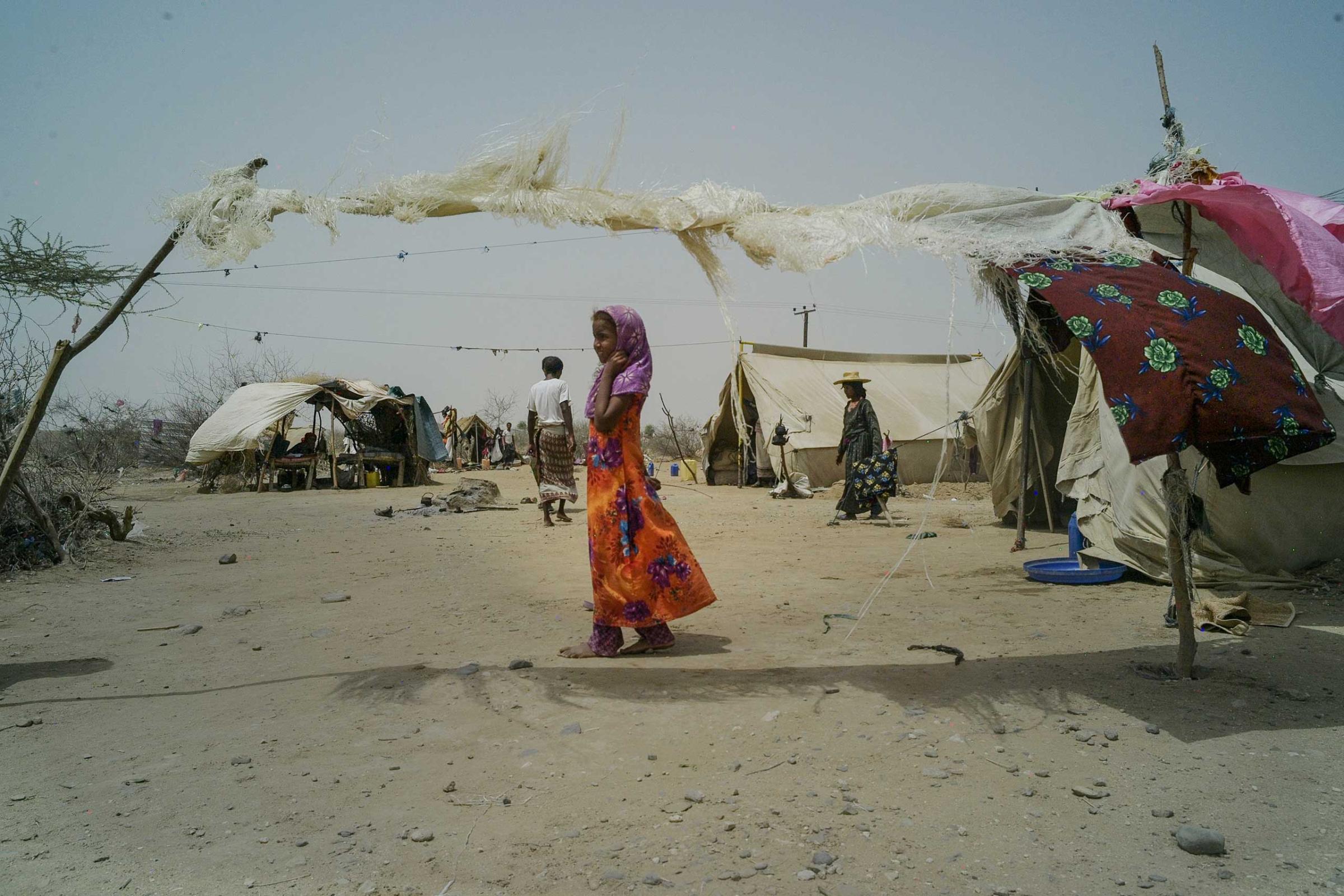
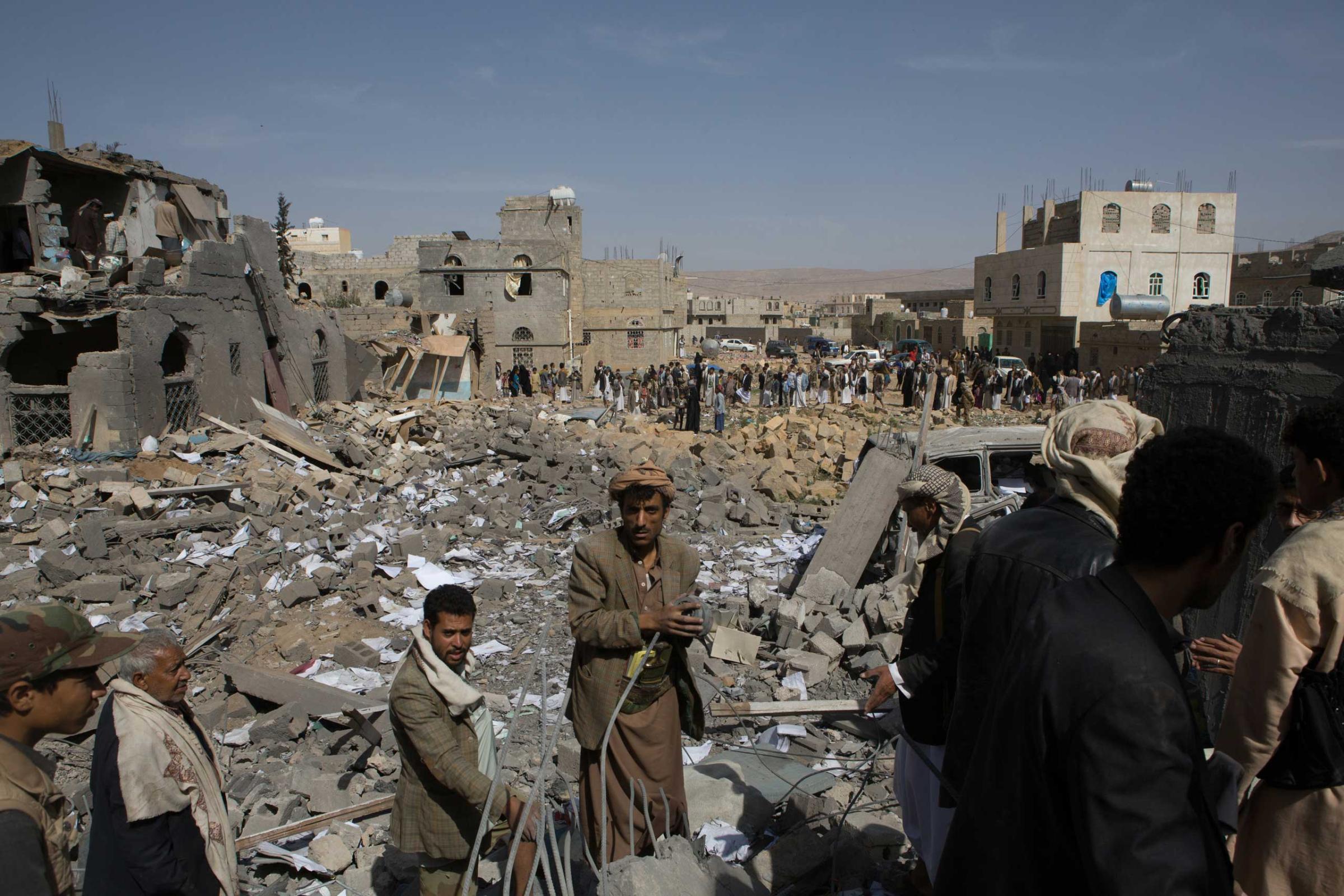
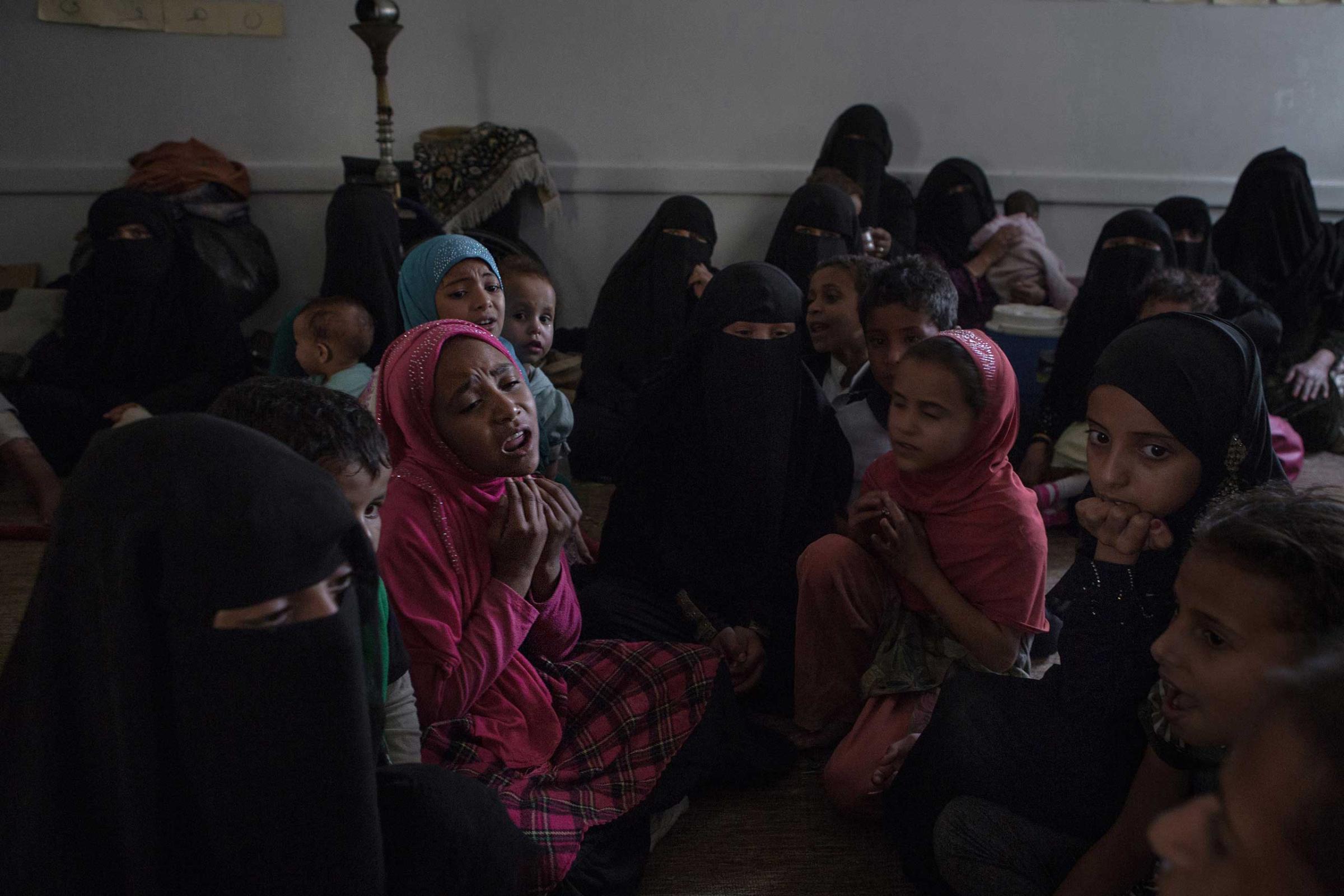
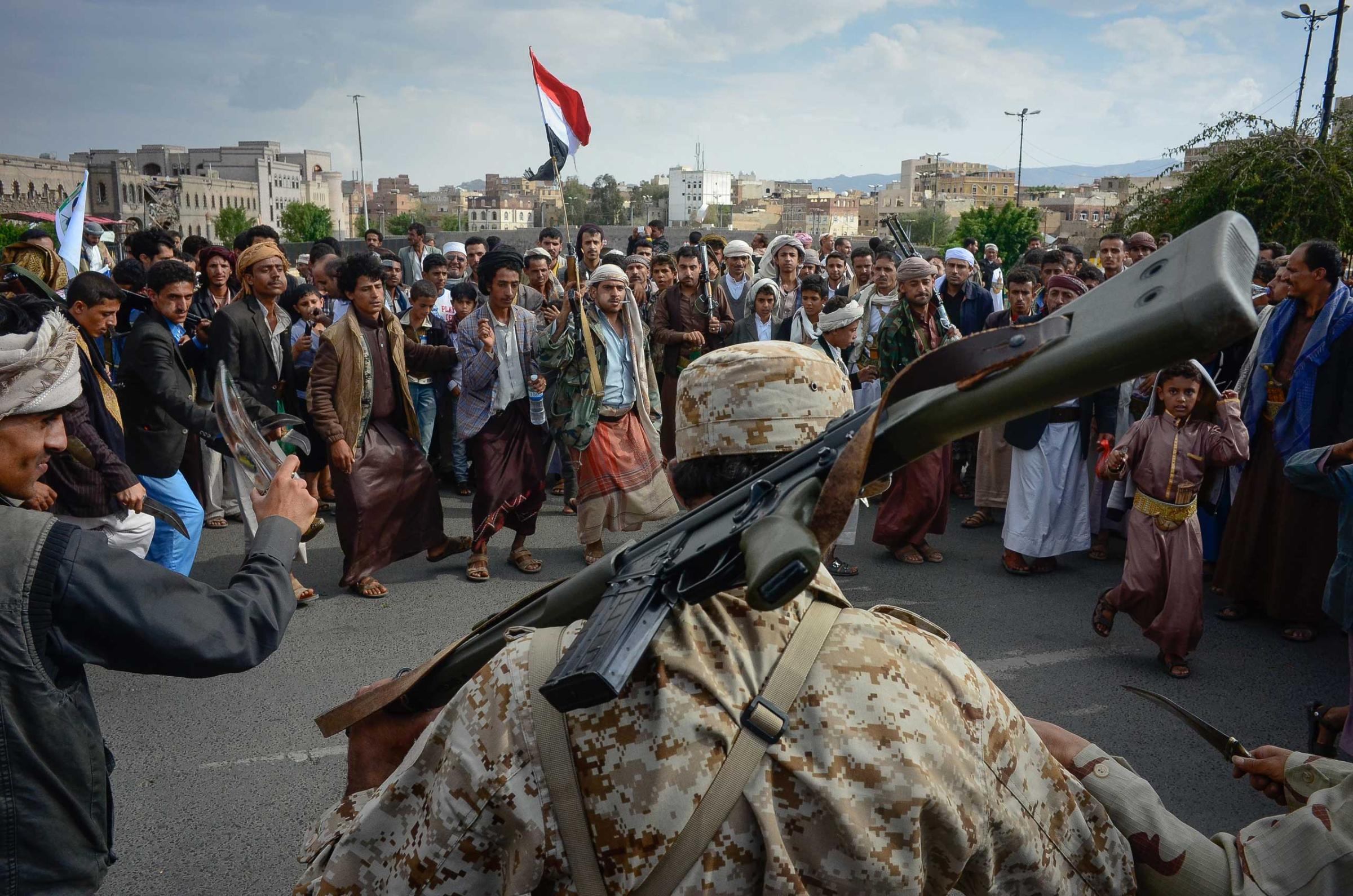
More Must-Reads from TIME
- Why Biden Dropped Out
- Ukraine’s Plan to Survive Trump
- The Rise of a New Kind of Parenting Guru
- The Chaos and Commotion of the RNC in Photos
- Why We All Have a Stake in Twisters’ Success
- 8 Eating Habits That Actually Improve Your Sleep
- Welcome to the Noah Lyles Olympics
- Get Our Paris Olympics Newsletter in Your Inbox
Contact us at letters@time.com